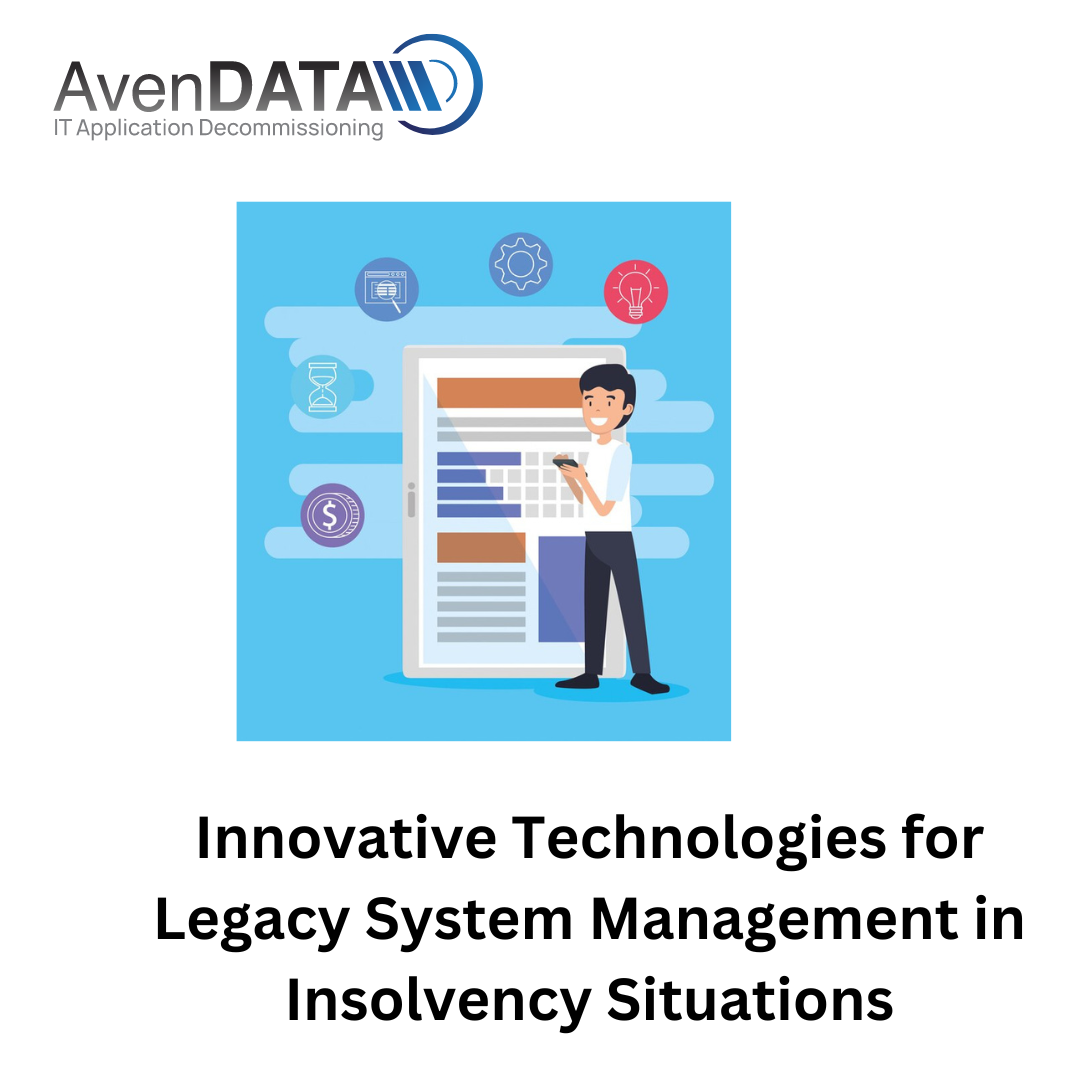In the tumultuous landscape of insolvency, where assets are scrutinized and reorganized, legacy systems often pose unique challenges. These systems, once the backbone of operations, can become liabilities if not managed effectively during insolvency proceedings. However, innovative technologies are now emerging as powerful allies in the management of legacy systems during such situations.
1. Introduction to Legacy System Challenges in Insolvency:
In the face of insolvency, organizations must grapple with the complexities of legacy systems. These systems, often outdated and fragmented, can hinder the liquidation process, impede asset recovery, and pose risks to data security and compliance. Traditional approaches to legacy system management may no longer suffice in this context, necessitating the exploration of innovative solutions.
2. Leveraging Data Migration and Integration Tools:
One key aspect of managing legacy systems in insolvency is data migration and integration. Innovative tools and platforms now offer sophisticated capabilities to streamline this process, allowing organizations to extract valuable data from legacy systems, consolidate it, and integrate it seamlessly into modern systems or archives. By doing so, organizations can preserve critical information while reducing the burden of managing legacy infrastructure.
3. Harnessing Artificial Intelligence and Machine Learning:
Artificial intelligence (AI) and machine learning (ML) technologies hold immense potential in optimizing legacy system management during insolvency. These technologies can automate data analysis, identify patterns and anomalies within legacy datasets, and facilitate decision-making processes. By leveraging AI and ML, organizations can gain valuable insights from legacy data, expedite asset valuation, and identify opportunities for asset monetization.
4. Implementing Cloud-Based Solutions:
Cloud computing offers a flexible and scalable solution for legacy system management in insolvency situations. By migrating legacy applications and data to the cloud, organizations can reduce infrastructure costs, improve accessibility to critical information, and enhance data security and compliance. Cloud-based solutions also enable seamless collaboration among stakeholders, facilitating the insolvency process.
5. Embracing Robotic Process Automation (RPA):
Robotic process automation (RPA) technologies can automate repetitive tasks associated with legacy system management, such as data entry, reconciliation, and reporting. By deploying RPAs, organizations can streamline workflows, improve efficiency, and reduce the risk of errors in insolvency proceedings. RPAs can also enhance compliance by ensuring consistency and accuracy in data processing.
6. Conclusion:
In conclusion, innovative technologies offer promising avenues for managing legacy systems in insolvency situations. By leveraging data migration and integration tools, artificial intelligence, cloud-based solutions, and robotic process automation, organizations can navigate the complexities of legacy system management more effectively, mitigate risks, and unlock valuable insights from legacy data assets. As insolvency processes continue to evolve, embracing these technologies will be essential for optimizing outcomes and maximizing asset recovery efforts.





Comments